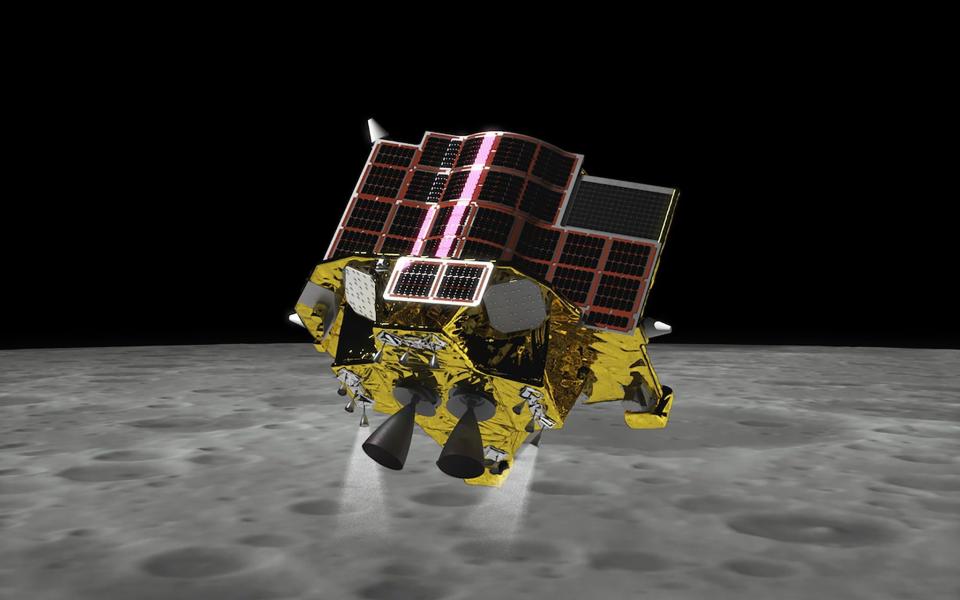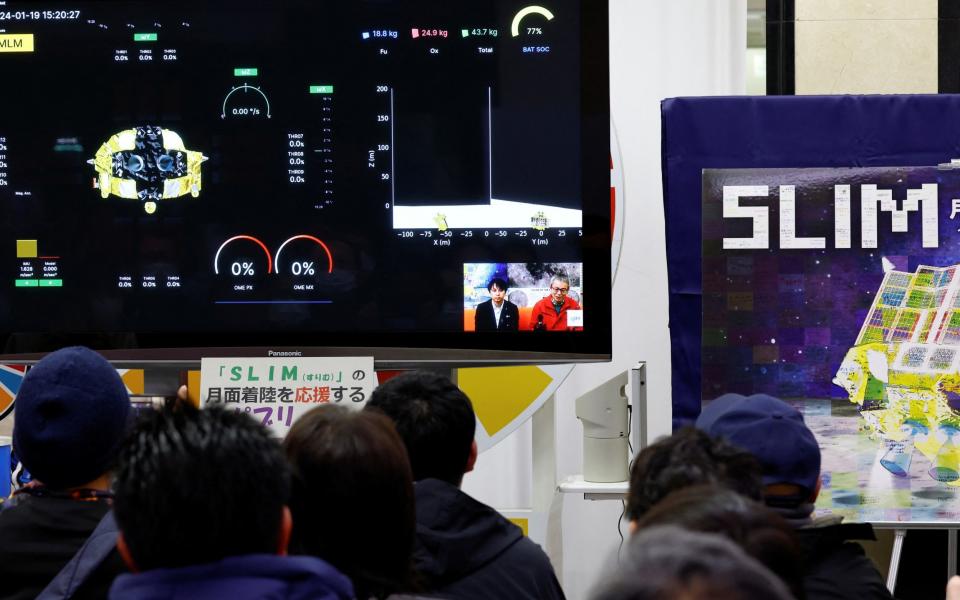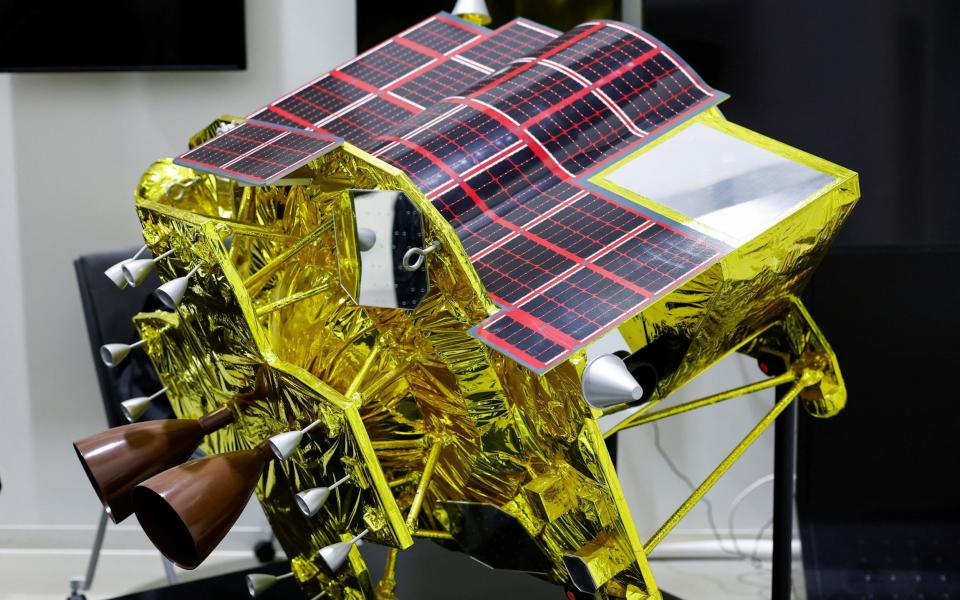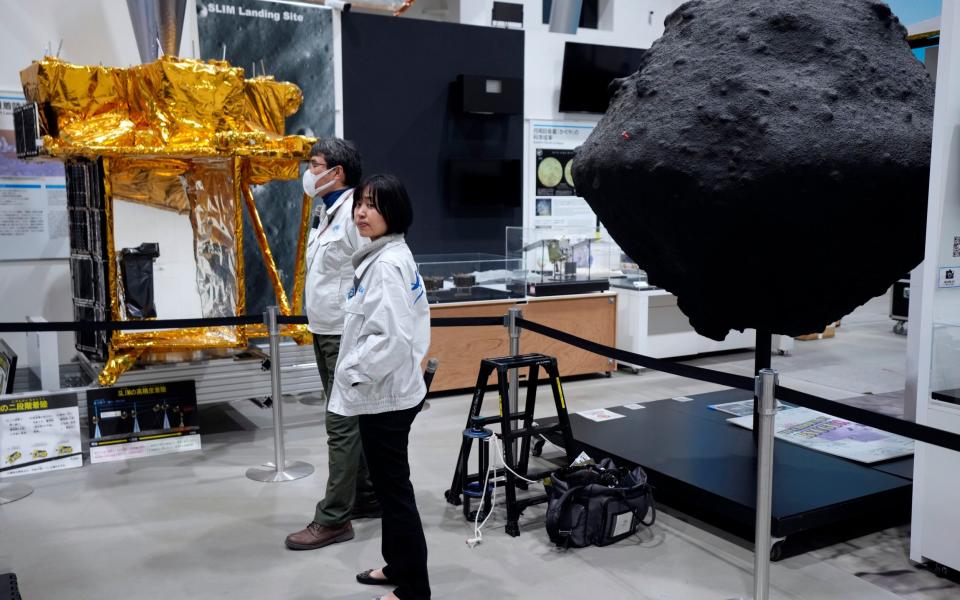Japan achieves soft Moon landing but spacecraft ‘not generating power’

Japan on Friday became only the fifth nation to achieve a “soft landing” on the Moon, but its space agency said that the craft’s solar cells were not generating power.
With the Smart Lander for Investigating Moon (SLIM), Japan followed the United States, the Soviet Union, China and most recently India in achieving the feat.

Jaxa, the Japanese space agency, confirmed that the Slim had landed safely and that it had established contact with the lander.
“However, the solar cells are not generating power and data acquisition from the lunar surface is given priority,” it said.
Hitoshi Kuninaka, a spokesperson for Jaxa said: “The Slim is operated with on-board batteries. The data acquired on landing is stored in the spacecraft, and we are currently working to maximise the scientific results by first transmitting this data back to Earth.”

Japan’s mission is one of a string of new projects launched in recent years on the back of renewed interest in the Moon.
The Japanese craft – equipped with a shape-shifting mini-rover co-developed by the firm behind Transformer toys – has been designed to land with unprecedented precision, earning it the nickname “Moon Sniper”.
Jaxa had set a target area just 100 metres across, far smaller than a usual landing zone measuring several miles across.

Slim was meant to explore a crater where the Moon’s mantle – the usually deep inner layer beneath its crust – is believed to be accessible at the surface.
Dr Tomokatsu Morota, an associate professor at the University of Tokyo specialising in lunar and planetary exploration said: “The rocks exposed here are crucial in the search for the origins of the Moon and the Earth.”

This includes shedding light on the mystery of the Moon’s possible water resources, which will also be key to building bases there one day as possible stopovers on the way to Mars.
“The possibility of lunar commercialisation depends on whether there is water at the poles,” Mr Morota said.
The success of the Slim mission would restore high-tech Japan’s reputation in space after two failed lunar missions and recent rocket failures, including explosions after take-off.
It would also echo the triumph of India’s low-cost space programme in August, when it became the first to land an unmanned craft near the Moon’s largely unexplored south pole.

